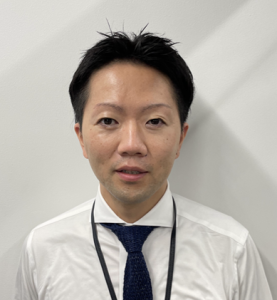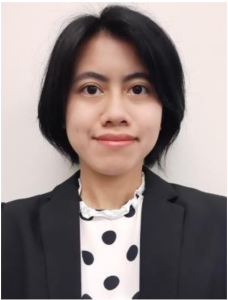A01: Measurement of “Weak Interactions” for Material Symbiosis
A01-1 Visualization of symbiotic interfaces and cellular responses
In this planned research, the dynamics of the plasma membrane, which is an interface for materials to contact cells first, is comprehensively visualized on a nanoscale with the use of high-speed live-cell atomic force microscopy. Fluorescence bioimaging is conducted to simultaneously observe cellular responses triggered by the material-cell interaction at the plasma membrane, in the cytoplasm, and in each organelle. Taking full advantage of this correlative imaging, we will provide a better understanding of how the “weak interaction” leads to rejection, stealth (avoidance), or tolerance and, by in detail decoding such processes, contribute to the achievement of “material symbiosis.”
-
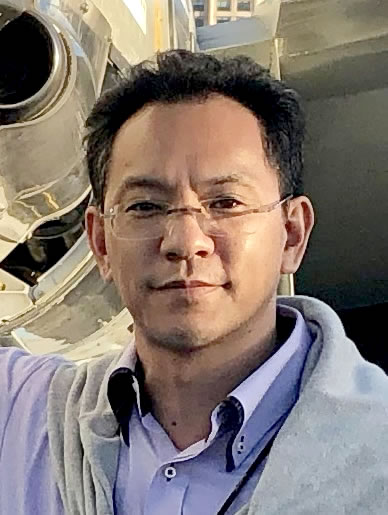 Yusuke Ohba
Yusuke Ohba
Professor, Department of Cell Physiology, Faculty of Medicine, Hokkaido University -
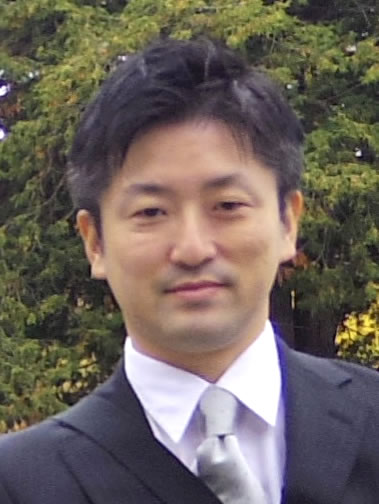 Yoichiro Fujioka
Yoichiro Fujioka
Associate Professor, Department of Cell Physiology, Faculty of Medicine, Hokkaido University -
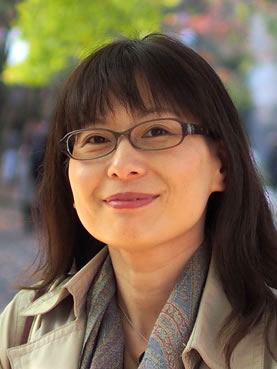 Maho Amano
Maho Amano
Specially Appointed Associate Professor, Department of Cell Physiology, Faculty of Medicine, Hokkaido University -
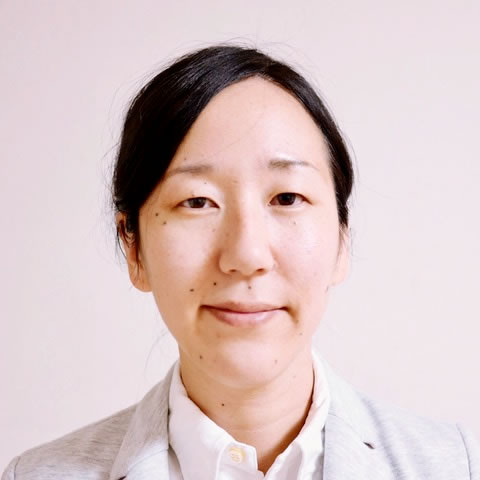 Aiko Yoshida
Aiko Yoshida
Assistant Professor, Department of Cell Physiology, Faculty of Medicine, Hokkaido University -
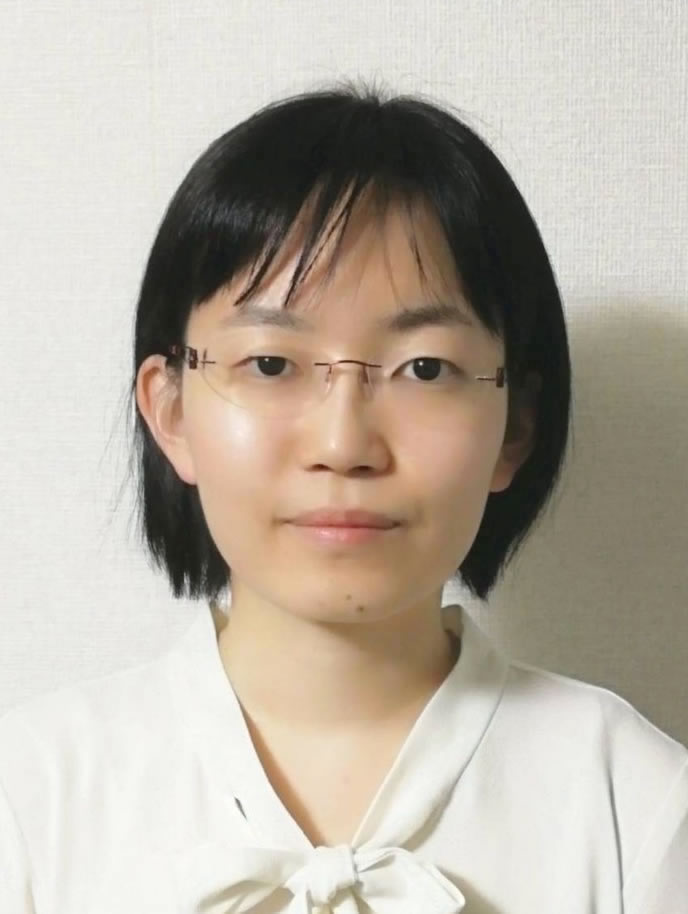 Sayaka Kashiwagi
Sayaka Kashiwagi
Assistant Professor, Department of Cell Physiology, Faculty of Medicine, Hokkaido University -
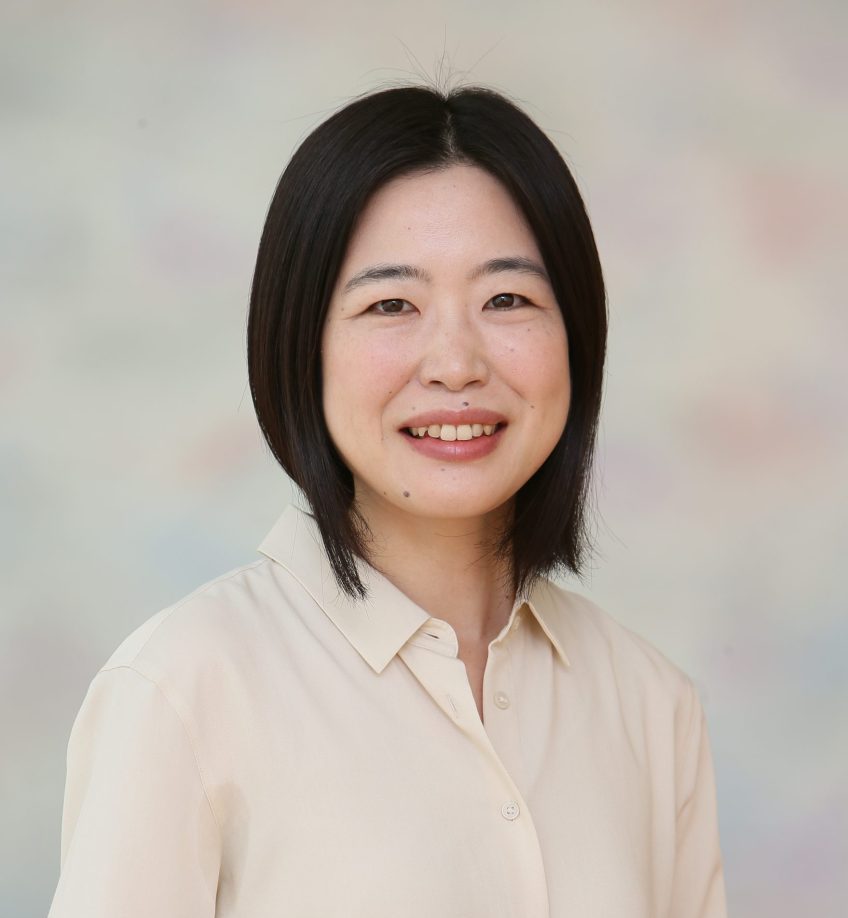 Tomoko Kamasaki
Tomoko Kamasaki
Specially Appointed Assistant Professor, Department of Cell Physiology, Faculty of Medicine, Hokkaido University -
 Aya Sato
Aya Sato
Postdoc, Department of Cell Physiology, Faculty of Medicine, Hokkaido University
A01-2 Quantification and structural analysis of weak intermolecular recognition of cell surface proteins
In the A01-2 planned research, we will comprehensively analyze binding modes between “immune cell surface receptors” and “physiological ligands” or “artificial materials,” to extract physicochemical and structural features which are essential for the establishment of material symbiosis. Immune cell surface receptors and materials are thought to form dynamic complexes with “weak and fast” interactions. We will combine multiple physicochemical measurements with X-ray crystallography, small-angle X-ray scattering, and cryo-electron microscopy to elucidate the molecular basis for such unique interactions achieving material symbiosis.
-
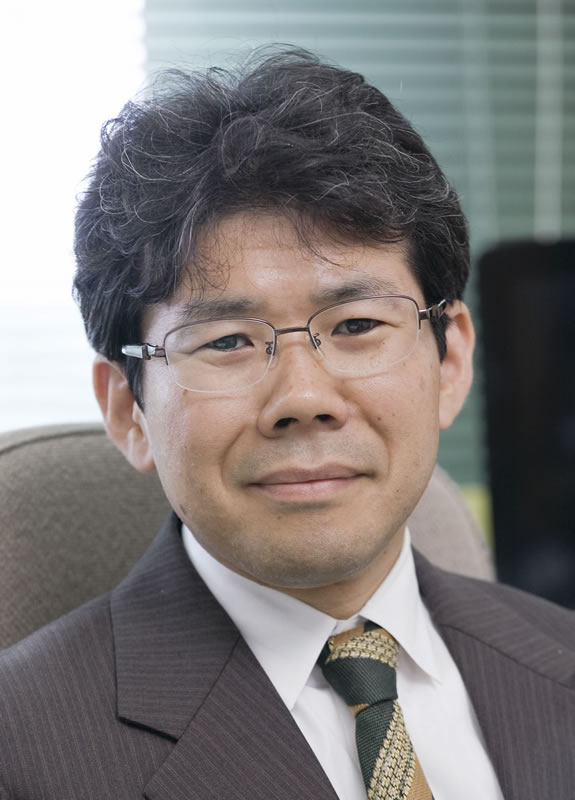 Katsumi Maenaka
Katsumi Maenaka
Professor, Faculty of Pharmaceutical Sciences, Hokkaido University -
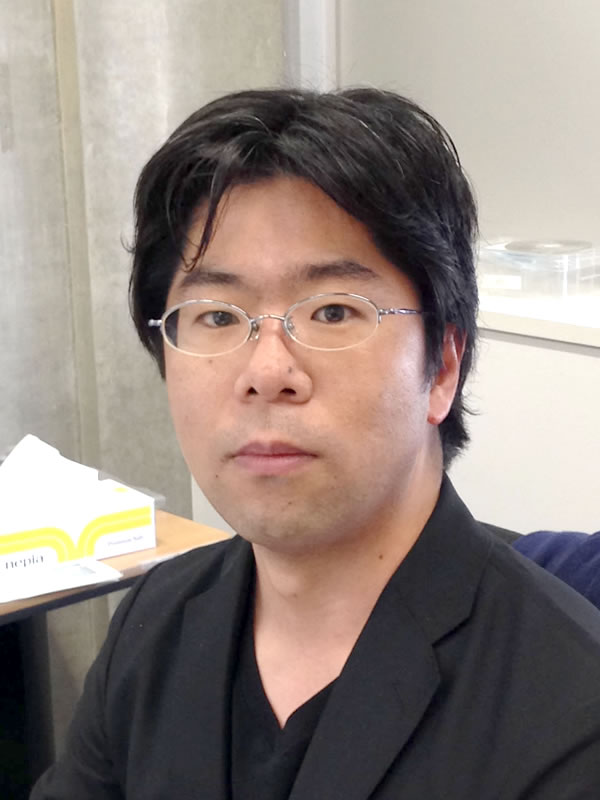 Mochizuki Shinichi
Mochizuki Shinichi
Associate Professor, Faculty of Environmental Engineering, The University of Kitakyushu
A02: Identification of Symbiotic Parametars between Materials and Biomolecules/Living cells
A02-1 Identification of Symbiotic Communications between Artificial Nucleic Acids and Human Immune Systems
Many different types of therapeutic molecules, including antibodies, chemical compounds and nucleic acids, have been developed. Despite of intensive efforts to minimize activation of the immune system, their immunogenicity is still one of the major problems to be solved.
Since these molecules, more or less, interacts with the host factors, they fail to escape from the surveillance. In this research, we will aim at a new paradigm for material symbiosis by defining symbiotic parameters using physicochemical approaches such as thermodynamic, kinetic parameters, and other possible variables. In particular, we will focus on inter-molecular interaction that exists between artificial (e.g. “non-self”) nucleic acids and the host. These integrative quantitative approach will provide us a novel insight into the mechanisms for the immune recognition via the “weak interactions”. This research will allow us to establish a theoretical basis for material symbiosis and aid in future drug development.
-
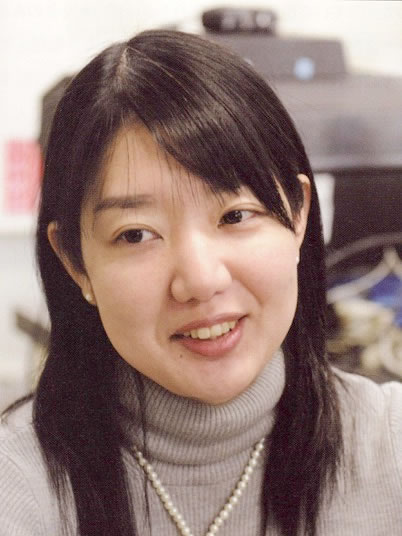 Asako Yamayoshi
Asako Yamayoshi
Professor, Department of Life Science and Technology, Tokyo Institute of Technology -
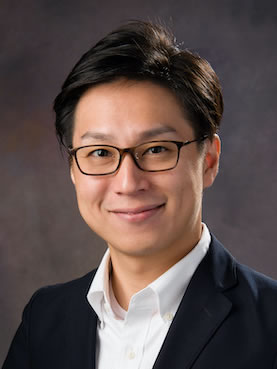 Tsuyoshi Yamamoto
Tsuyoshi Yamamoto
Associate Professor, Graduate School of Biomedical Sciences, Nagasaki University -
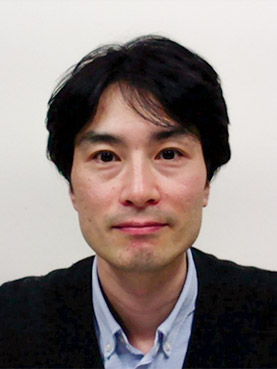 Takuya Uehata
Takuya Uehata
Assistant Professor, Graduate School of Medicine, Kyoto University -
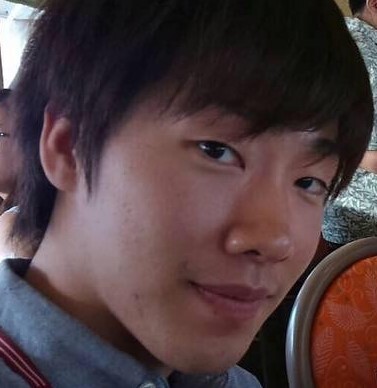 Yu Mikame
Yu Mikame
Assistant Professor, Graduate School of Biomedical Sciences, Nagasaki University
A02-2 Elucidation of origin of weak interactions of synthetic polymers with its specific proteins
In the A02-2 planned research, we aim to establish basis of weak interactions. We are specifically focusing on interactions between poly(ethylene glycol)s (PEGs) and its specific antibodies (anti-PEG Abs). Anti-PEG Abs are PEG specific antibodies, and, binding affinities of anti-PEG Abs to PEGs are quite weak. In addition, binding affinities of anti-PEG Abs become greater after conjugation of other molecules (lipids, proteins, and other polymers) to PEGs. This indicates roles of weak interactions in specific relationships between them. We will reveal such weak interactions in biophysics and chemistry terms as symbiotic parameters and uncover how the weak interaction trigger to wake immune responses in collaboration with the A01 planned research. Understandings of weak interactions will contribute to the purpose of the project that we establish a new field, what we call, material symbiosis.
-
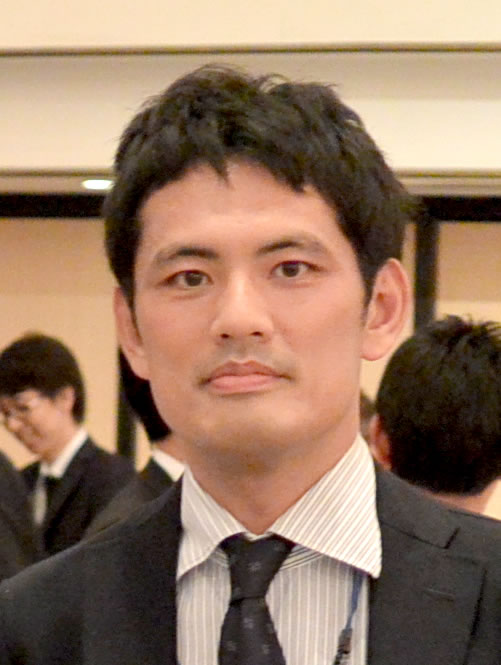 Koichi Shiraishi
Koichi Shiraishi
Associate Professor, The Jikei University, School of Medicine -
Debabrata Maiti
Postdoc, The Jikei University, School of Medicine
A03: Design and Development of Novel Symbiotic Materials
A03-1 Application of symbiotic interaction in intestinal immune system for material symbiosis
Our intestinal tract is continuously exposed to food antigens and a multitude of symbiotic microbes. The intestinal tract is a unique organ that can actively induce “immune tolerance” to these harmless antigens. By understanding the weak interaction in the intestinal mucosal system with the luminal antigens, we aim to develop novel immunological modulators, “tolerosomes”, which facilitate tolerance to exogenous biomaterials. The tolerosomes are nanoparticle formulations that promote the differentiation of regulatory T cells (Treg cells) responsible for immune tolerance by presenting antigens with Treg-inducing substances to mimic the intestinal environment. We expect that such a formulation would efficiently induce the development of antigen-specific Treg cells to establish the symbiosis-like relationship with various biomaterials.
-
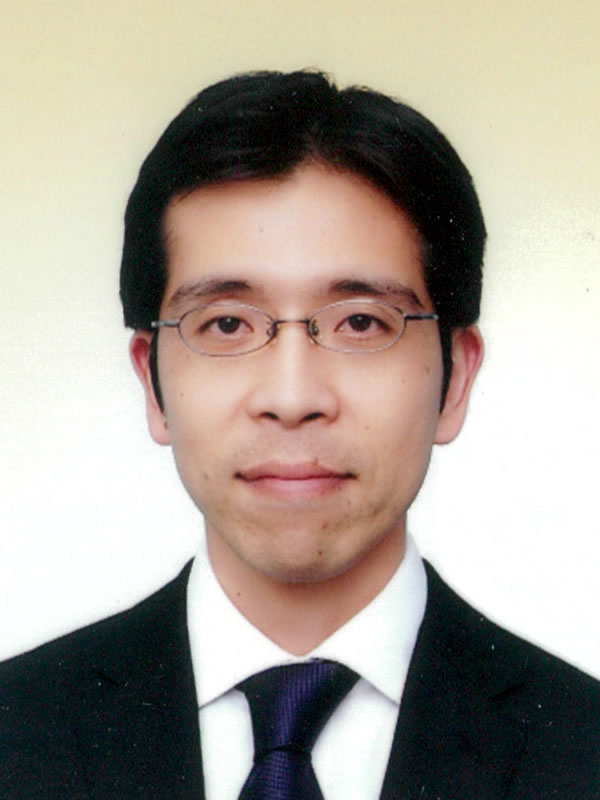 Takeshi Mori
Takeshi Mori
Associate Professor, Faculty of Engineering, Kyushu University -
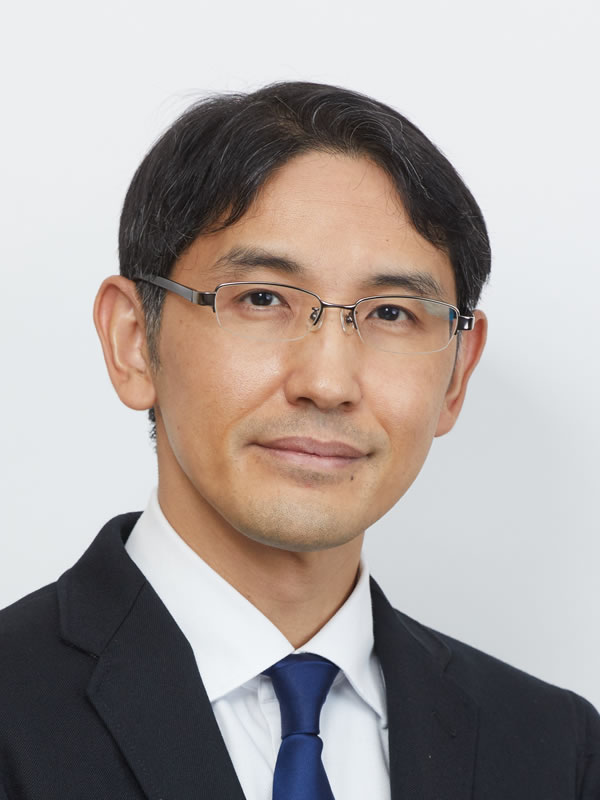 Koji Hase
Koji Hase
Professor, Faculty of Pharmacy, Keio University -
Daisuke Takahashi
Lecturer, Faculty of Pharmacy, Keio University -
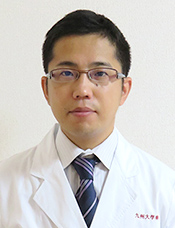 Daisuke Murakami
Daisuke Murakami
Lecturer, Department of Otorhinolaryngology, Graduate School of Medical Sciences, Kyushu University -
Teruki Nii
Assistant Professor, Department of Otorhinolaryngology, Graduate School of Medical Sciences, Kyushu University -
Mazaya Najmina
Postdoc, Department of Applied Chemistry, Faculty of Engineering, Kyushu University
A03-2 Design of Biomimetic Polymers Which Can Induce Immuno-tolerant Effects via Week Interactions
Recently, some classes of biomolecules which bind to their receptors via relatively weak interactions to modulate their symbiotic state have gained much attention in the field of immunotherapy. For example, apoptotic cells have been known to expose phosphatidylserine on the surface to induce anti-inflammatory signals in immune cells via its weak interaction. In this team, we will design and realize novel symbiotic materials based on our original apoptotic cell membrane-inspired polymer, MPS.
-
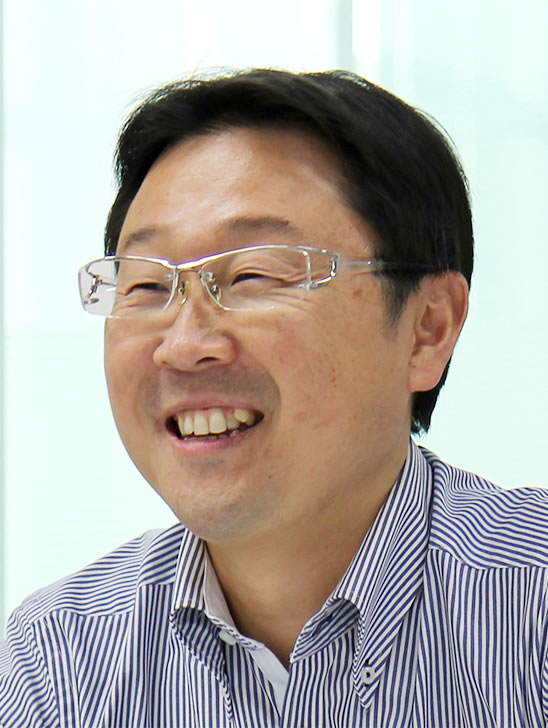 Mitsuhiro Ebara
Mitsuhiro Ebara
Group Leader, Research Center for Macromolecules and Biomaterials, National Institute for Materials Science -
 Koichiro Uto
Koichiro Uto
Independent Scientist, Research Center for Macromolecules and Biomaterials, National Institute for Materials Science


